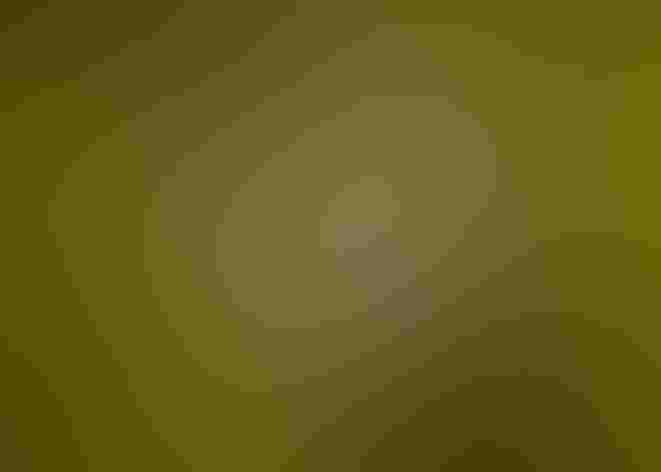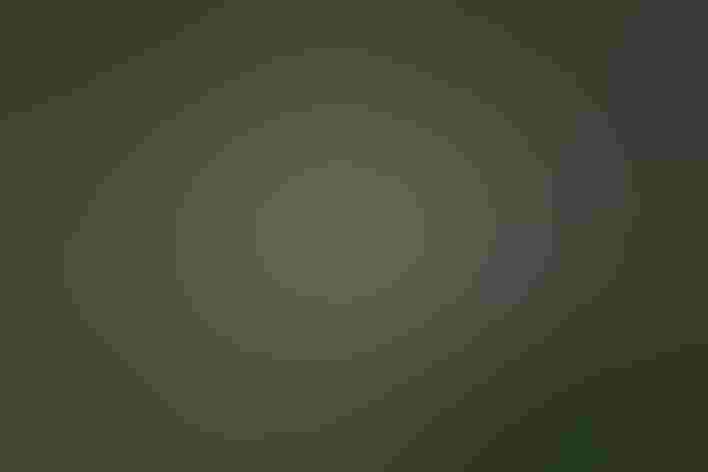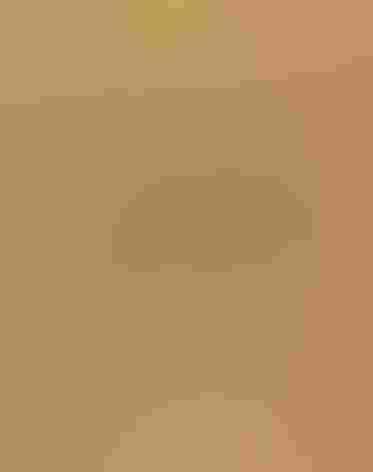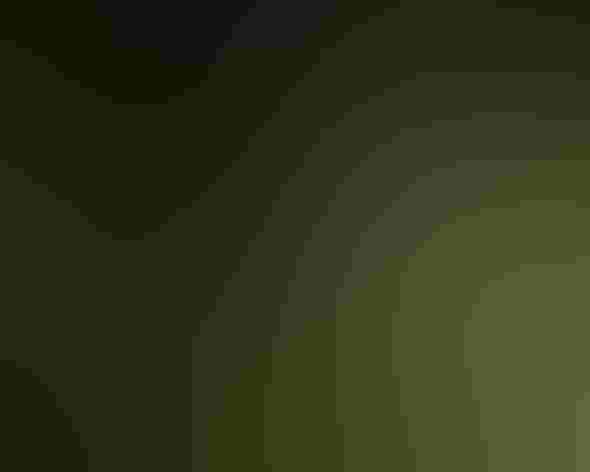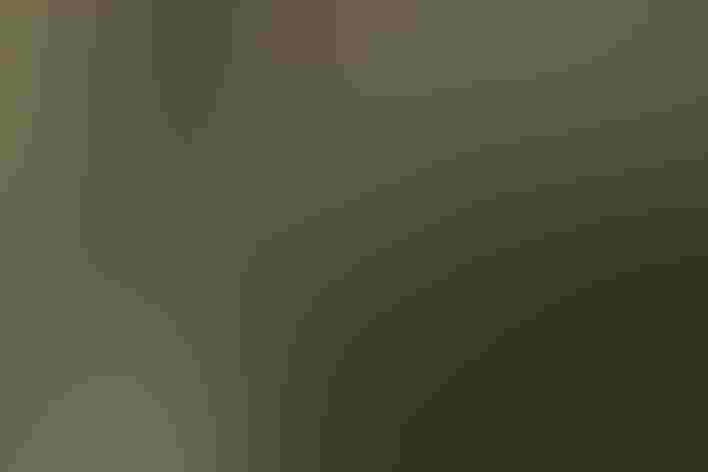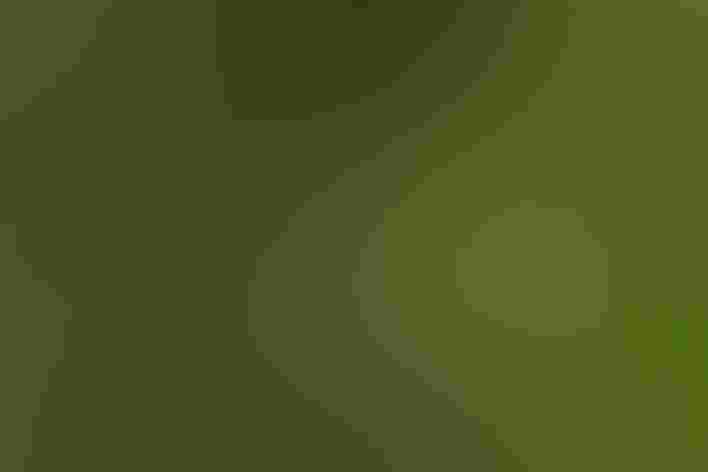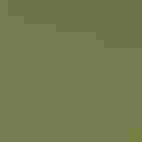Northern Parula
At a Glance
This small warbler is often hard to see as it forages in dense foliage of the treetops. However, it is easy to hear; the male seems to repeat his buzzy trickle-up song constantly from early spring through mid-summer at least. Northern Parulas hide their nests inside hanging Spanish moss in the South, or in the similar Usnea lichens in the North, where they are impossible to spot except by the actions of the parent birds.
All bird guide text and rangemaps adapted from Lives of North American Birds by Kenn Kaufman© 1996, used by permission of Houghton Mifflin Harcourt Publishing Company. All rights reserved.
Category
Perching Birds, Wood Warblers
IUCN Status
Least Concern
Habitat
Forests and Woodlands, Freshwater Wetlands, Lakes, Ponds, and Rivers, Shrublands, Savannas, and Thickets
Region
California, Eastern Canada, Florida, Great Lakes, Mid Atlantic, New England, Plains, Rocky Mountains, Southeast, Southwest, Texas, Western Canada
Behavior
Direct Flight, Erratic, Flitter, Rapid Wingbeats
Population
18.000.000
Range & Identification
Migration & Range Maps
Southern breeders return very early, often by early March, and may be actively nesting while other Parulas are passing through on their way farther north. Strays may appear in West at any time of spring or fall.
Description
4 1/2" (11 cm). Blue-gray above with white wing-bars, greenish patch on center of back. Limited yellow on throat and breast, white belly. Note the pale eye crescents. Adult male has black and rusty chest bands.
Size
About the size of a Sparrow
Color
Black, Blue, Gray, Orange, White, Yellow
Wing Shape
Rounded
Tail Shape
Notched, Square-tipped
Songs and Calls
1 or more rising buzzy notes dropping abruptly at the end, bzzzzz-zip or bz-bz-bz-zip.
Call Pattern
Falling, Flat
Call Type
Buzz, Chirp/Chip, Hi, Trill
Habitat
Breeds mainly in humid woods where either Usnea or Spanish Moss hangs from the trees (but also in some woods where neither is found.) Nests mainly in humid coniferous and deciduous forests, especially those with abundant tree lichens, in swamps or along edges of ponds, lakes, or slow-moving streams. In migration and winter, frequents almost any kind of trees.
Sign up for Audubon's newsletter to learn more about birds like the Northern Parula
Behavior
Eggs
4-5, occasionally 3-7. Whitish, variably marked with brown. Incubated by both parents, but mostly by female, 12-14 days.
Young
Both parents feed young, but male may do more. Age at which young leave the nest is not well known.
Feeding Behavior
Forages rather sedately. Searches among leaves, and hovers to take insects from foliage, sometimes hanging upside down on twigs like a chickadee or on trunk like a nuthatch. Occasionally darts out after flying insects, or forages on ground.
Diet
Mostly insects. Feeds on small beetles, flies, moths, caterpillars, egg clusters, true bugs, ants, bees, wasps, and other insects, also spiders. Also eats some small berries. May feed nestlings many soft green larvae.
Nesting
Pairs often return to same nesting site year after year. Males sing during migration and throughout nesting season, even when feeding young. Nest: Placed usually in a hollow excavated in hanging tree lichens (Usnea) or Spanish moss, 4-50' above the ground. When no lichens or Spanish moss available, also constructed of dangling clumps of twigs or pine needles, or placed in rubbish left by floods in branches hanging over stream. Nest is small hanging pouch of lichen and twigs, unlined or lined sparsely with soft shreds of moss, grass, pine needles, and hair. Built solely by female, but male accompanies her on trips to the nest.
Conservation
Conservation Status
Still widespread and common, numbers apparently stable.
Climate Threats Facing the Northern Parula
Choose a temperature scenario below to see which threats will affect this species as warming increases. The same climate change-driven threats that put birds at risk will affect other wildlife and people, too.

